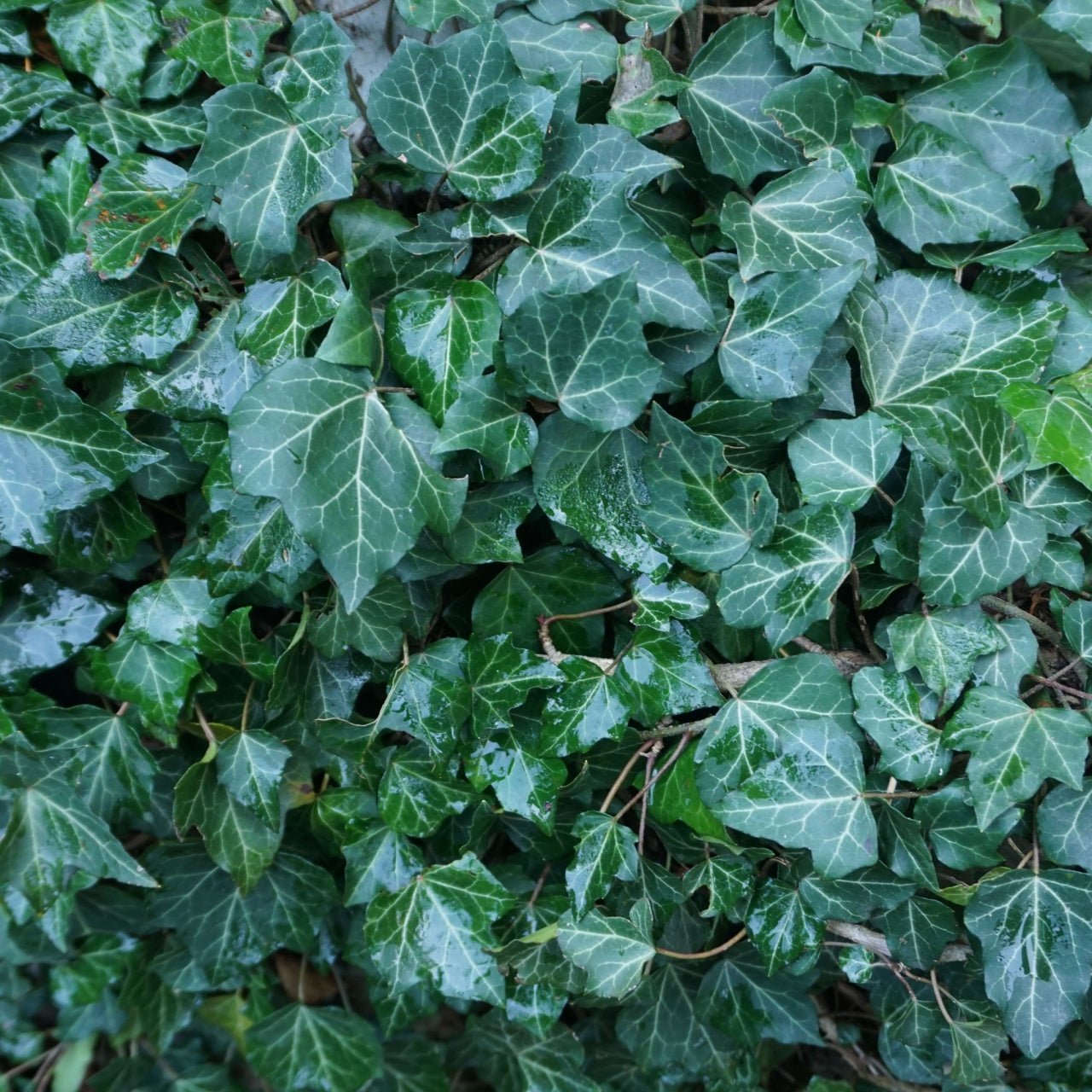Houseplants or indoor plants are quite often underestimated.
Most of us do not know that many indoor plants help filter the air and keep the atmosphere pure. Air circulation and purification are crucial for healthy living.
Some plants absorb toxic pollutants resulting in clean air and a less humid atmosphere. So, if you want fresh and clean air to breathe, you should grow such air filtering varieties in your house.
Peace Lily
- Peace lilies are popular houseplants that are not very demanding. They need little water and sunlight to survive. Peace lilies are perennial plants that produce beautiful white- yellowish-colored flowers. They are known to purify the indoor air by removing pollutants like Formaldehyde and Benzene.
Areca Palm
- Areca Palm is also commonly known as Butterfly Palm, and it is a beautiful ornamental plant. It is adaptable and can grow well indoors, which is why it is frequently found in many households. As per NASA and other researchers, this plant is said to filter harmful pollutants like Toluene and Xylene from the air. It is also an effective humidifier as it controls the humidity in the air.
Dracaena reflex
- It is also known as Pleomele or the Song of India. It is a common houseplant that has thick evergreen leaves. It also produces small white-colored flowers that are arranged in a cluster. As per NASA's clean air study, this plant is known to eliminate air pollutants like Trichloroethylene, Xylene, and Formaldehyde.
Weeping Fig
- Weeping Fig or the Ficus Tree is a popular topiary plant that is adaptable and can tolerate poor growing conditions. It has elegant, dark green leaves that are waxy in appearance. As per NASA's study, this plant is believed to purify the indoor air efficiently by eliminating harmful pollutants.
Other houseplants with air filtering properties are Reed Palm, Boston Fern, Rubber Plant, English Ivy, Dwarf Date Palm, and Chinese evergreen. These are beautiful plants that can quickly be grown indoors for a fresh supply of air to breathe.
Source of Information on Houseplants for Air Filtration: https://www.tnnursery.net
Read more

Now that winter is creeping ever closer to many. It's time to shift our focus to indoor plants.TN Online Nursery review will center on some tremendous indoor plants to brighten things up on a winte...

Oxygenator plants are those plants that grow in water and remain either partially or fully submerged.They are referred to as oxygenators because they generate oxygen throughout the day by the proce...



